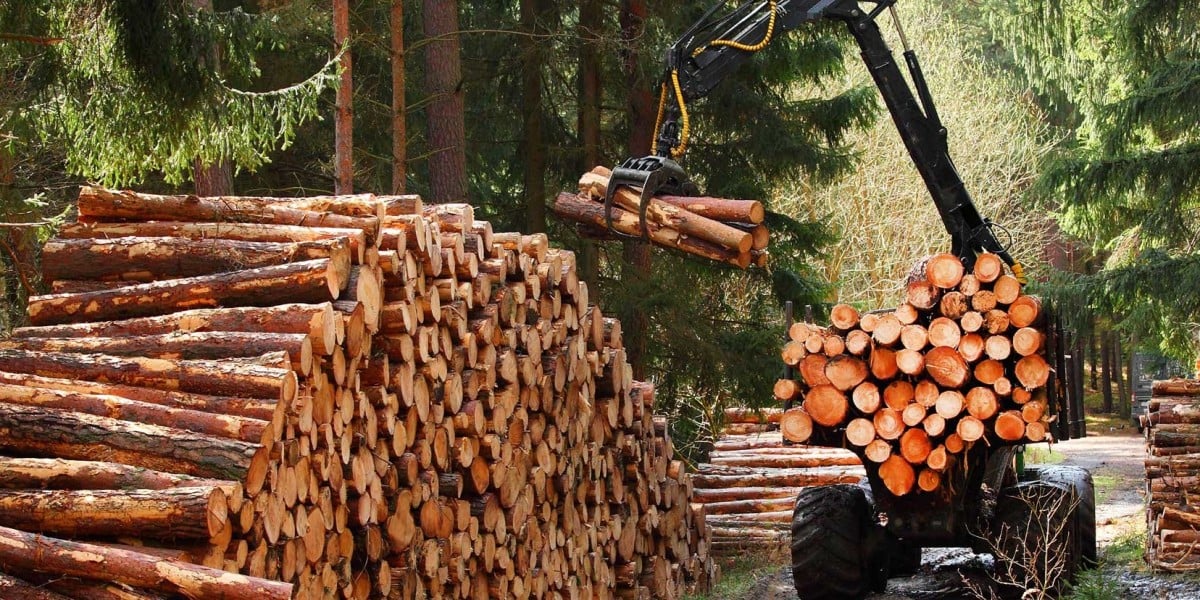Introduction
The illegal harvesting of hardwood is a significant global issue, with recent studies indicating that as much as 75% of exclusive hardwood may be illegally harvested1. This article explores the extent of this problem, its implications, and potential solutions.
The Scope of the Problem
The tropical wood type ipê, known for its hardness and durability, is particularly popular for building exclusive wooden decks1. Demand for this exclusive, tropical wood has increased steadily in recent years, especially in North American and European markets1.
In Brazil, the country of origin for 96% of all ipê on the market, exports have increased by over 76% in volume over the past decade1. This surge in demand has led to an increased risk of illegal logging of ipê1.
A study from Chalmers University of Technology in Sweden reveals that more than three-quarters of all ipê from Pará—the top producing state of this wood in Brazil and a major source of exports—may have been illegally harvested between 2009 and 20191.
The Impact of Illegal Harvesting
Illegal logging drives forest degradation and is linked to organized crime, conflict, and the destruction of forest-dependent local communities1. It also contributes significantly to climate change as degradation of Amazon forests affects not only the local environment and the ecological diversity of the rainforest but is also as large a contributor to climate change as outright deforestation1.
Moreover, some products from the rainforest are more valuable and therefore more vulnerable to illegal logging. Ipê is at the top of that list. At the same time, ipê trees grow slowly, which means that regrowth takes a long time. The risk of extinction is real, and today there are no reliable figures on the amount of remaining trees and the damage to existing stands that has already been done1.
Solutions to Counteract Illegal Logging
The study from Chalmers University reveals where in the chain the greatest risks lie and can be a tool to counteract illegal logging1. For example, it was found that 16% of the ipê that ends up on the market is harvested without proper permits1.
One potential solution is monitoring logging areas with GPS, satellites, and drone technology2. Another approach is enhancing investments to scale innovative technologies, such as chemical and DNA analysis to help identify wood or using isotopes to verify where the plant originally grew3.
Furthermore, legislation tailored to tackle illegal logging has been developed. The U.S. Lacey Act requires businesses to demonstrate that their purchasing policies effectively avoid sourcing timber from illegal sources4. Similarly, the EU Action Plan for Forest Law Enforcement, Governance and Trade (FLEGT) controls illegal timber imports and supports timber-producing countries to improve forest governance4.
Conclusion
The illegal harvesting of exclusive hardwood such as ipê is a pressing global issue with far-reaching environmental and socio-economic impacts. While significant strides have been made in identifying risks and implementing measures to counteract illegal logging, ongoing vigilance and innovation are required to protect our valuable forest resources.



